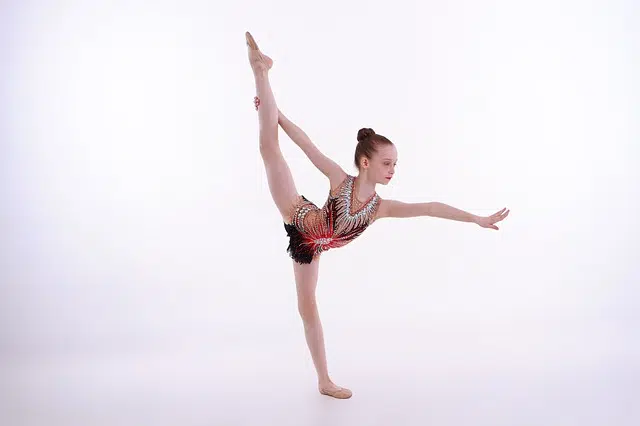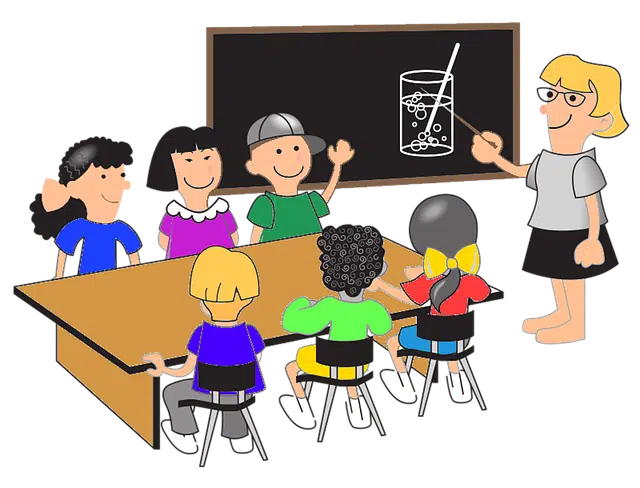
As a sports discipline, there are several types of gymnastics.
Modality is the way of being or even expressing oneself . The term comes from mode , which is the visible appearance, a procedure or a form. That developed under a certain modality respects certain rules and mechanisms; Therefore, it is not free or spontaneous.
For example: “Miguel is working as a freelancer for a design agency.” This expression refers to a certain way of working. It could be said that Miguel is working for a design agency, which is true, but that sentence lacks relevant information . If someone says “Miguel is working for a design agency,” the man in question could be employed under a dependency relationship, with a fixed salary, paid vacations, etc. On the other hand, by including the clarification “under the freelance modality” , we already know what type of employment relationship frames the link between Miguel and the aforementioned design agency.
Modality in sports and music
Another example of modality can be found in the field of gymnastics and other sports . Gymnastics is a physical activity carried out by athletes and which, at a competitive level, yields a result through a score imposed by a jury. An athlete can specialize in various types of gymnastics: aerobic gymnastics, rhythmic gymnastics, acrobatic gymnastics and others. Each of these modalities is a discipline.
For music , modality is the use of a mode in a musical work . The mode, in this case, is linked to the rules and scales of composition of a melody.

The educational modalities are linked to the type of training.
The concept in education
In the educational field, the modality refers to one of the possible organizations, which include type of teaching and the appropriate professionals, needs of potential students and course objectives, among other aspects. Some educational modalities are:
* professional technical education : that offered in secondary schools and higher training centers, which prepare their students in specific fields, at the tertiary level;
* artistic education : refers to both the content related to art that is taught at any level of an educational center, as well as the option offered by certain secondary schools to guide their students towards artistic training, or to conservatory programs. different disciplines , which are responsible for training future professionals;
* special education : to offer those people who suffer from disabilities, whether permanently or temporarily, access to the educational tools that others receive, at any level and modality present in their geographic region;
* continuing education of youth and adults : refers to the work that each country does to fight illiteracy and demand that the mandatory portion of education be fulfilled, as well as the training opportunities it provides to those people who have not been able to complete their basic studies in their youth, regardless of their age or economic situation.
Other educational modalities
* rural education : which adapts the programs of each educational level to the needs of the rural context, offering knowledge and technical training appropriate to job opportunities in the countryside, generally oriented to agriculture and livestock;
* bilingual intercultural education : the infrastructure necessary to guarantee Aboriginal peoples access to any level of education, respecting their culture and roots, and at the same time providing them with tools to be able to effectively integrate into the part of society that does not share their ethnicity and traditions;
* education in contexts of deprivation of liberty : it is responsible for offering access to education to those people who, for various reasons, do not fully enjoy their right to be free.
* home and hospital education : for those who suffer from health disorders that make it impossible for them to attend an educational center.
